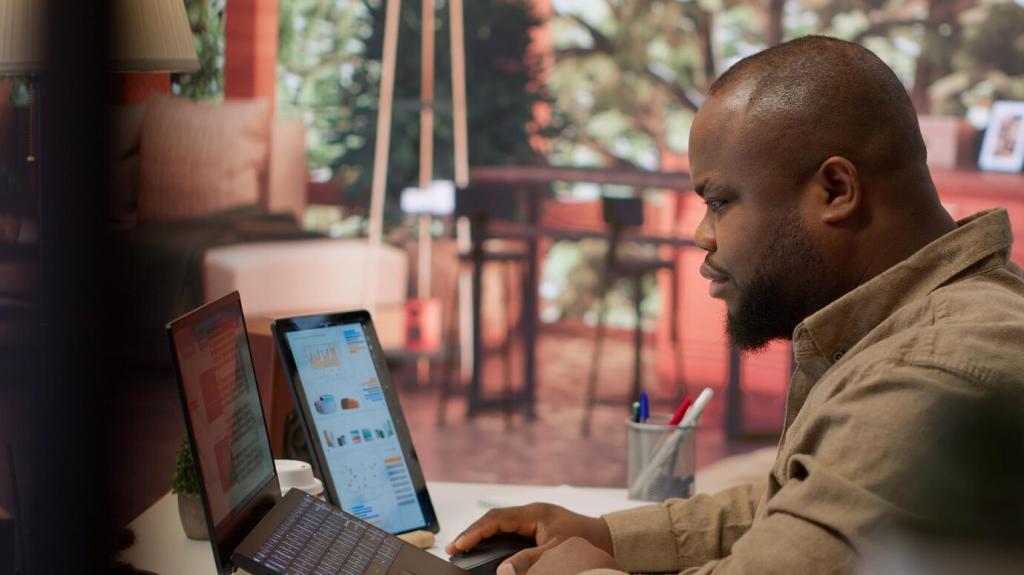
The Rise of Augmented and Virtual Reality
Chosen theme: The Rise of Augmented and Virtual Reality. Step into a world where digital layers enrich our senses, ideas leap off screens, and shared spaces defy distance. Here we explore how AR and VR reshape work, learning, creativity, and community—inviting you to imagine, build, and belong. Subscribe to follow the journey and share your own immersive moments.
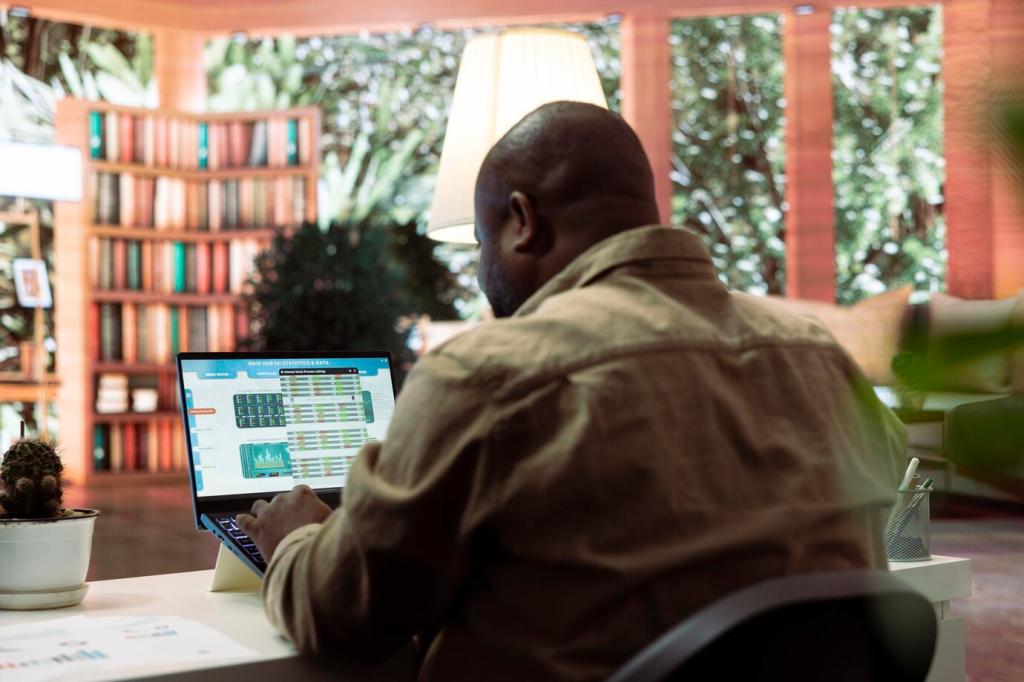
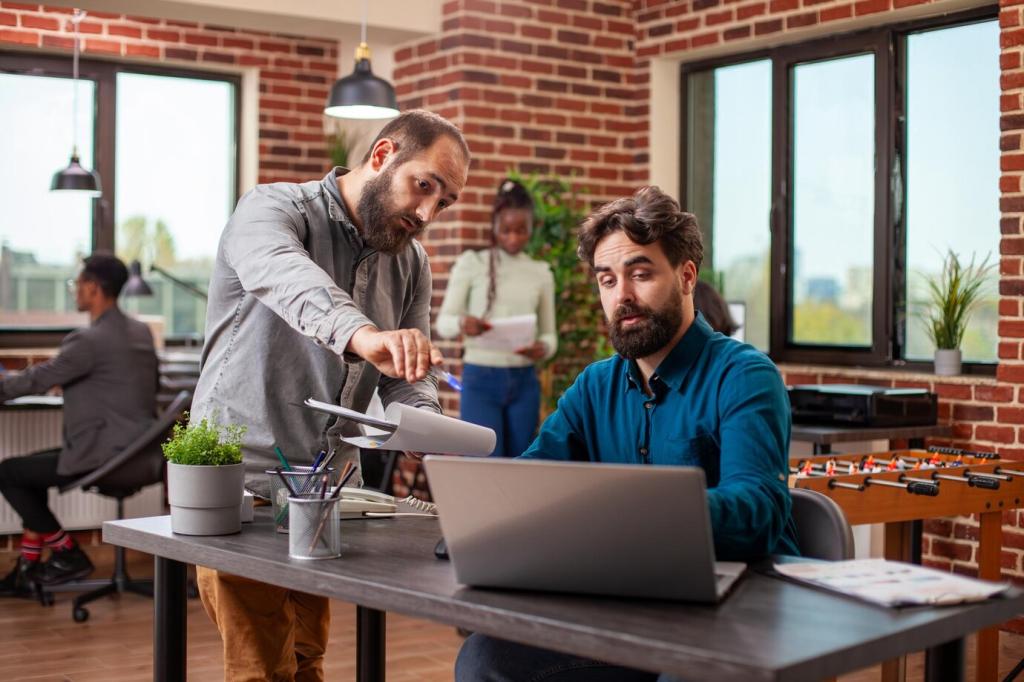
From Sci‑Fi Dream to Daily Reality
Early pioneers experimented with bulky rigs and fragile optics, from arcade‑style simulators to university labs. Breakthroughs like consumer VR headsets, robust motion tracking, and smartphone‑powered AR kits pushed immersion into homes, classrooms, and studios. Today, mixed reality pass‑through blurs physical and digital, signaling a tipping point for everyday adoption.
From Sci‑Fi Dream to Daily Reality
A friend swore VR was a gimmick—until a museum’s immersive exhibit let her walk inside a painter’s studio, hearing brushstrokes and whispered letters. She left misty‑eyed, suddenly grasping how presence can transform understanding. Share your turning point with us, and we may feature it in a future post.
Designing Together Across Continents
Architects, engineers, and storytellers gather around the same virtual model, passing tools and annotating in mid‑air. AR overlays bring factory floors to life, revealing hidden pipes or next‑step instructions. If your team spans time zones, try a spatial review session and notice how much context survives the handoff.
Safety Training that Sticks
VR drills simulate rare but critical scenarios: hazardous spills, emergency shutdowns, or high‑voltage procedures. Learners practice repeatedly without risk, building muscle memory through embodied rehearsal. Organizations report fewer errors and faster onboarding when tactile lessons replace passive lectures and endlessly skippable slides.
A Quick Experiment for Your Next Stand‑Up
Schedule a fifteen‑minute VR stand‑up this week. Keep avatars simple, models central, and goals clear. Capture decisions as spatial notes pinned to objects. Tell us what changed—did people talk less, show more, or resolve blockers faster thanks to shared context floating right in front of them?
Immersive Storytelling and Education
A history teacher guides students through an ancient marketplace, letting them barter with virtual merchants while hearing dialects reconstructed from inscriptions. Geography becomes wind, sound, and terrain underfoot. When learners move their bodies inside ideas, retention deepens and curiosity lingers long after the headset comes off.
Immersive Storytelling and Education
AR captions can follow a speaker’s gaze, while spatial audio balances voices for hearing comfort. High‑contrast modes, reduced motion settings, and adjustable locomotion respect different needs. Inclusive design is not a feature; it is the foundation for welcoming more people into shared immersive spaces.
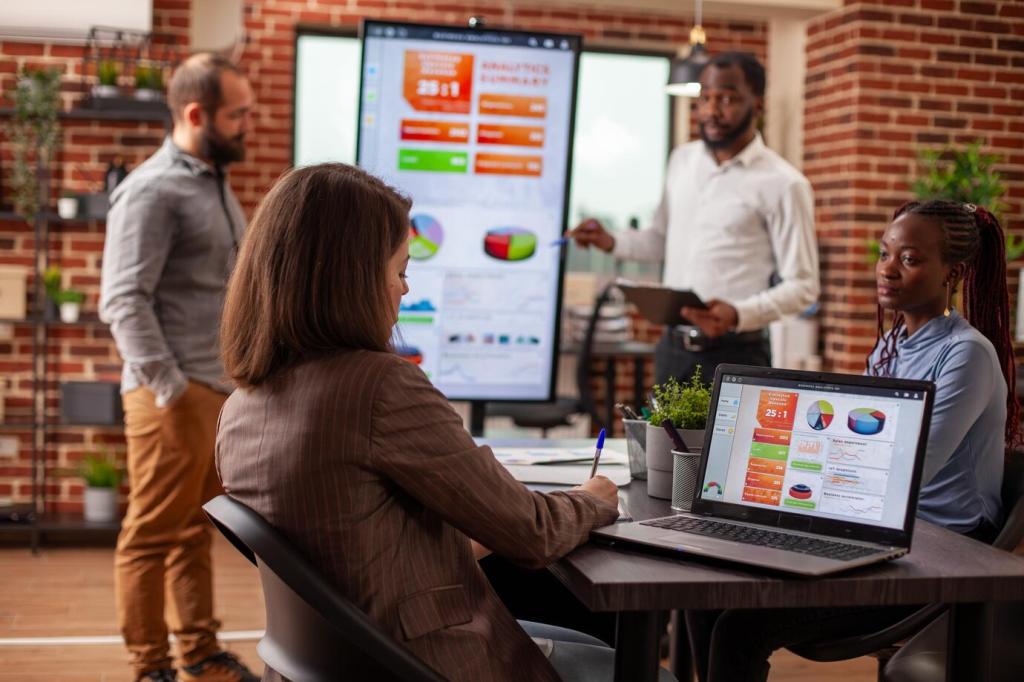

Hardware, Software, and Spatial Design
Comfort and Presence Matter
Balanced weight, adjustable straps, and accurate interpupillary distance reduce fatigue and nausea. Developers can lower motion sickness by preferring teleportation, vignetting, or arm‑length locomotion. Presence blooms when visuals, audio, and haptics align, convincing your senses they belong exactly where the story unfolds.
Spatial Patterns that Work
Use diegetic interfaces that live naturally in the world: dials on gadgets, labels floating near objects, and doors that really open. Combine gaze, pinch, and voice thoughtfully. Keep affordances discoverable and responsive, with subtle haptic nudges confirming actions without stealing attention.
Starter Toolkit for Creators
Game engines and web technologies now support spatial inputs, hand tracking, and mixed reality passthrough. Whether prototyping with WebXR or building production apps in powerful engines, begin with small slices, user test early, iterate often, and share progress with the community to refine faster.
Ethics, Privacy, and Wellbeing
Headsets and glasses can track head pose, hand movements, room maps, eye gaze, and even subtle biometrics. These signals are powerful for interaction, yet sensitive by nature. Treat them like secrets: minimize collection, encrypt in transit and at rest, and justify every permission you request.
Ethics, Privacy, and Wellbeing
Offer clear privacy dashboards, local processing where possible, and graceful opt‑outs. Respect bystanders with visible recording indicators and boundary‑aware features. Establish community norms against harassment in shared spaces, and provide fast ways to mute, block, or retreat to safety when things feel uncomfortable.

The Business Landscape and Creator Economy
Enterprises adopt VR for training, maintenance, and simulation, while AR boosts field service and logistics. Consumers embrace fitness games, creative tools, and home design overlays. Meanwhile, cultural institutions attract visitors with immersive exhibits that repay their build costs through unforgettable word‑of‑mouth.
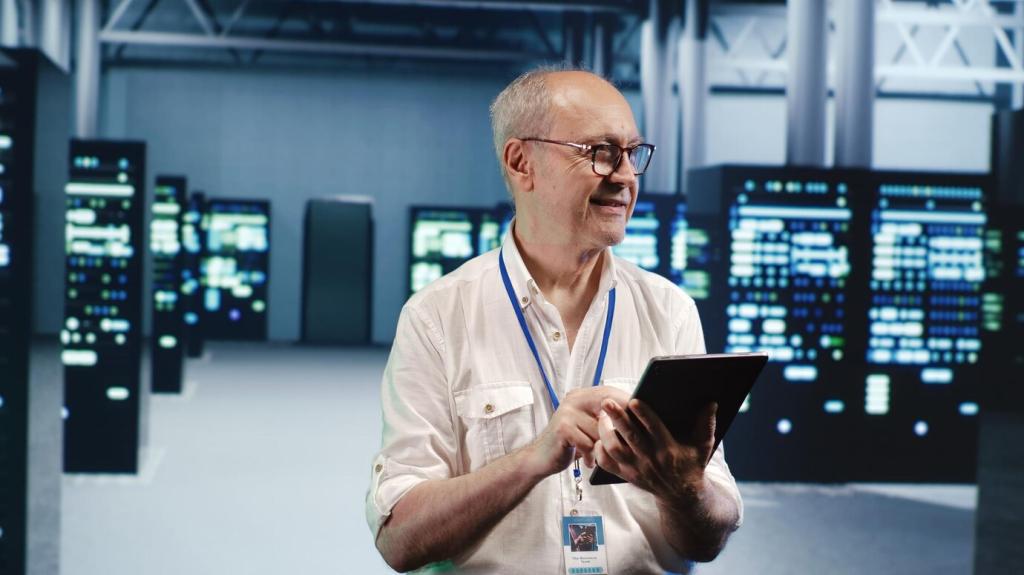
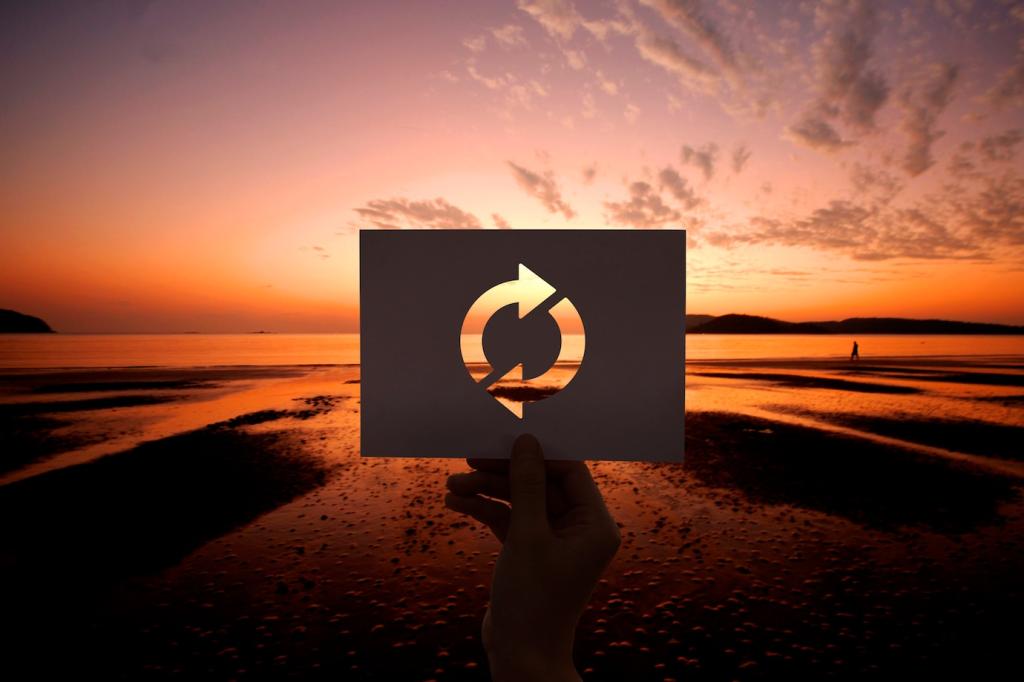
The Business Landscape and Creator Economy
Blend subscriptions, fair one‑time purchases, and tasteful in‑app upgrades. Avoid intrusive ads that break immersion. Reward creators with transparent revenue shares and portable assets, and reward users with ownership clarity and privacy controls that make supporting great work feel genuinely good.
What’s Next for Spatial Computing
Blended Reality as Default
High‑fidelity passthrough and lighter optics will keep people anchored in their rooms while layering useful digital tools. Expect faster setup, smarter scene understanding, and accessories that make long sessions comfortable, practical, and surprisingly social for both work and leisure.

